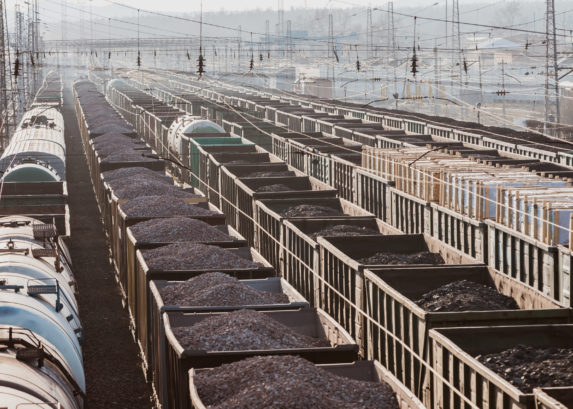History

The Green Retarder was preceded by the VH Retarder, designed and patented by the same inventor. The story of the Green Retarder is interwoven with one of the most challenging problems facing the rail transport industries: that of routing a multitude of rail wagons to various destinations in the most effective and efficient manner, without sacrificing safety and predictability.
The automation of gravity marshalling yards, built for this purpose, became a necessity that heralded the birth of the VH Retarder. Patented in South Africa, USA, Canada and Europe, the VH Retarder was developed for operation in gravity marshalling yards. After employing various retarding methods and products, failure of these products to achieve desired results, led to the joint design and development of the hydraulically operated VH Retarder.


The retarder was tested extensively and has been in full operation in Transnet’s 64-line Sentrarand marshalling yard east of Johannesburg – the largest of its kind in the Southern Hemisphere, and one of the fastest in the world, for the last fifteen years. The record-breaking results achieved bear testimony to the fact that the VH Retarder continues to outperform any of its rivals of similar design. It has proved to overcome the operational restraints and high maintenance of rival products, whilst performance output and efficiency has stayed constant over its entire operational life.
The VH-Retarders were installed on the railway tracks control the speed of the humped wagons to client specifications, ranging from 20 feet per second (6m/s) in the main switching area, to almost zero when coupling with other wagons in the tangent. Wagons ranging from 17 to 1500 tons total mass can safely be humped, and for the first time, marshalling yards have greater operating leverage in terms of the number of wagons and total mass of the wagon cut, while no cooling off periods are required. This implies that the humping process can continue without interruption, non-stop 24 hours a day. These retarders have indeed proven themselves to be highly predictable in performance and reliability.

